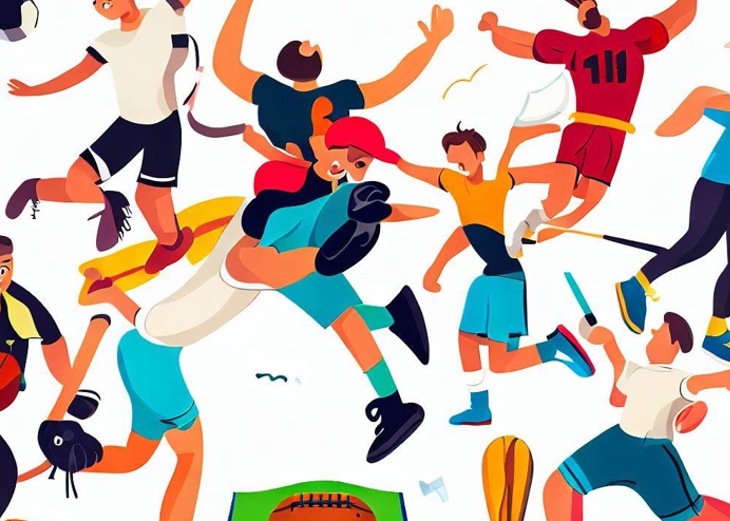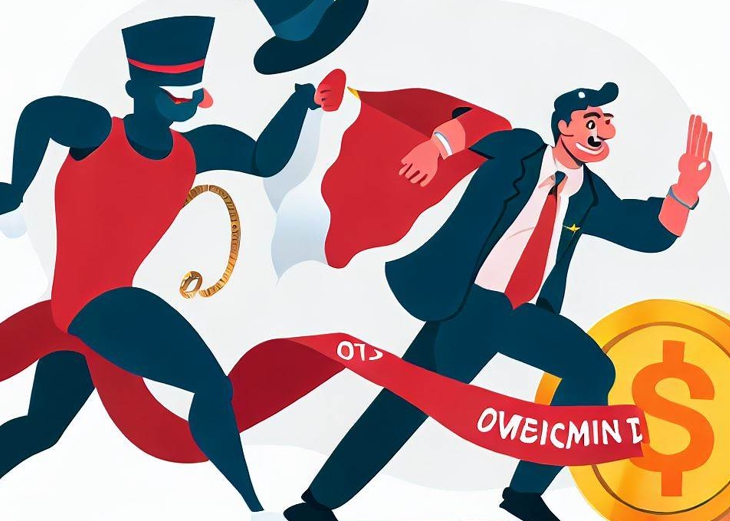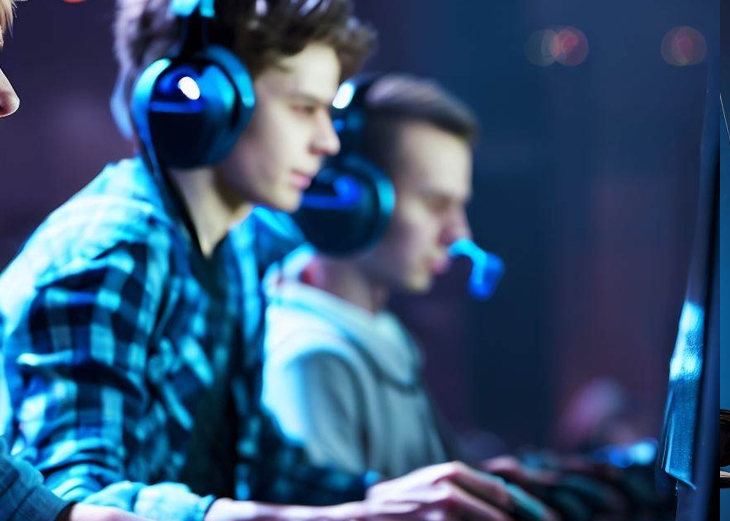According to the FIESP sports committee, in 2010, sports accounted for 1.9% of Brazil's GDP.
When we talk about this expressive relationship between percentage and some sector of the market, industry, or socio-cultural-sports activities (in this case sports), we are speaking in a segmented way, for the relationship of what is officially capitalized to the return arising from this Marketplace. However, eSport was not among this capitalization, obtained in the surveys that led to these statistical results.
If it were electronic sports at the time of this survey, it was already a recognized and official reality, that number, according to the CBDEL (the Brazilian Confederation of Esports) statistics, would be around 2.7%. This is practically double what was raised from all officially recognized sports in Brazil. This means that “only and only” (as my math teacher used to say), eSport would add to the GDP, alone, the same as all sports categories added together. Amazing! Few or no national game software engineering companies, if we take into account only eSport sports franchises, focused on competition, or that in general take advantage of the game together between one or more parties, whether in equal pairs or not, they are headquartered in Brazil and have their concept and finalization created here.
Apart from this factor, here too, the competition market does not exist and never has existed. What existed, and some still exist, are specific events, not consecutive or ordered in regulated ways, or even carried out in conjunction with regulatory bodies, as they exist from the creation of CBDEL and STATE FEDERATION in Brazil, and this also undoubtedly contributed to the absence of this category in our territory. This is exactly our reason for making more statistics because we intend to measure how much profit is made or the potential of this market.
Apart from regulation and regulation, there is also the unquestionable factor that what we currently have are still very small competition centers within tournaments, which are promoted outside the country, and that in the semifinals or finals, when done face-to-face , choose a specific host country for themselves. The local award is often given by the financial maintenance of contributions from abroad, from different marketing sources, cultural support (inexistent and practically 98% of international events), and private investments from the same companies that promote these tournaments, with their profits obtained through the marketing of their franchises.
Therefore, Brazilian eSport is non-existent, nothing that is done here is created here with national, regional, or commercial incentives that come from Brazilian creation, be it the Tournament itself, be it its promotion or even the commercialization of something created here.
But until then, what concerns us about what is created here as competitive game franchises or that generate possibilities for competition, first online and able to be expanded to face-to-face, is not the crucial factor for the economy not yet to have taken off as it should, with regard to events and the practice and encouragement of eSport by athletes, companies and commerce. So how do we get the double GDP number if we add eSport?
In the same way as the total of resources and sources used to reach 1.9%: only trade, whatever the instance, generated between exchange of values in relation to costs, sponsorships, trademarked products and inputs. This is still little because here only quantity is measured and not quality.
Here, the FIESP sports commission only measured coin by coin. If they had done the total math between personal and joint benefits for society and government, the GDP would have increased even more. This is exactly our reason for making more statistics because we intend to measure how much profit is made or the potential of this market so that it will not be spent on other services and products so that it remains and is even more promoted.
Let's understand: when we talk about the sports market or eSports or any other, we must always ask ourselves if what we have as a calculation basis to know the net profit and the total generated from the movement between the sectors that make up this market, is balanced with what we must measure in the social-cultural and health part.
If we take into account what we have to spend so that any athlete generates a return in his sporting class, both in preventive health, restorative health (operations, therapies, etc.), food and many other costs, which we can call investments here, you don't have something on the order of six figures in many cases.
Now if you think about what it didn't cost, what not practicing any sport would have cost you, you see the emergence of added values that are not taken into account when formulating the GDP, as in this case.
Keep it up with us! Subscribe to our newsletter and stay update about our actions, plans, and much more! I agree with the Terms of Use and Privacy Policy and I declare that I have read the information that is required in accordance with Article 13 of GDPR, and Article 9 of LGPD. Subscribe




